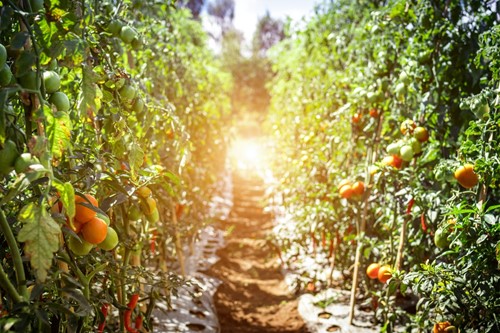
Companion planting is the practice of placing certain plants next to each other in your garden for various benefits. While some plants don’t play nicely together and should be planted far apart, others thrive in proximity with specific companion plants.
If you’re interested in taking your vegetable garden to the next level, here is some information about the benefits and applications of companion planting you should know:
Depending on the combination of plants, there can be multiple benefits to companion planting. Some primary benefits are:
While there are many beneficial combinations of companion plants to consider for your garden, there are also some plants you should keep away from each other.
Plants that attract the same kind of pest can leave both vulnerable to infestation. For example, tomatoes, eggplant, peppers and potatoes all have foliage hornworms love to eat. So, if you’re growing tomato plants, reconsider where you want them before planting near any of these other vegetable plants.
Another potential issue in companion planting is that some plants inhibit the growth of others by releasing certain chemical compounds into the soil. Fennel is one such plant, as are walnut and butternut trees.
It’s also important to follow planting guidelines for proper spacing. Making sure each plant has enough space to grow - both above ground and below - is paramount to a happy garden.
No matter what type of garden you have at home, knowing the basics of companion planting will benefit you and your plants.

Consistently a Top 5 Real Estate Agent in New Haven
Top 2 Real Estate Agent for condos in New Haven
2003 Rookie of the Year
My background of 18 years in the engineering field (BSEE 1984, Northeastern University) is where I get my
strong work ethic, organizational skills and discipline.
I am a committed full time professional who has an excellent rapport with my neighbors, clients and peers.
I look forward to helping you with your Real Estate needs!
Seabury-Hill Realtors ranked #1 in sales and rentals in New Haven since 2016